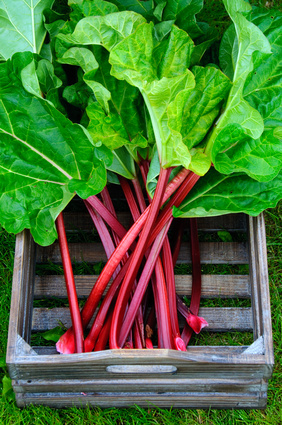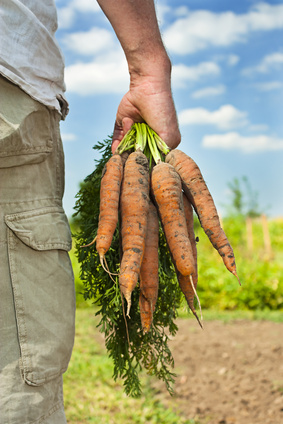Categories
Calendars
Guides
Reviews
Archive
Gallery
Articles
Ask Our Gardening Expert
Harvesting and Storing Fruit
Vegetables are less of a problem. Following a planting calendar and eating seasonal vegetables allows us to eat fresh the year round. Root vegetables can be left in the ground or stored in cool, dry places and many greens taste better when exposed to frost. We only need to read what people did in the past, before refrigeration and supermarkets. We can extend our fruit season by planting varieties that mature at different times but we are still restricted to late summer and autumn.
Although produce is best eaten young and fresh, many fruits can be stored in good condition for months. Fruits for immediate eating are best picked ripe. Those for storing are best harvested a little early, when they are mature, firm but not fully ripe. Fruit do not ripen at the same time and the harvest lasts over a period. Tree fruit, like apples and pears are tested for ripeness by holding in the palm of the hand, gently lifting and twisting. A ripe fruit will detach easily with the stalk, otherwise it should be left a while. Discard any damaged, diseased or bruised fruit. They will become infected quickly and rot, spreading to adjacent fruit and the rest in storage.
Soft fruit must be picked dry unless for immediate use. Berry fruit must be picked every day or two, taking care not to damage the plant by excessive tugging. Cherries should be cut. Handle fruit carefully to avoid bruising and separate different cultivars.
We have the luxury of storage technology. There are many ways of keeping fruit for use later, including freezing, preserving and cool storage. The most suitable method depends on the type of fruit. Those with a high acid and sugar content, such as apples and apricots, can be dried. Dehydrators can be bought quite cheaply, now.
In the normal course of gardening, we have a glut of produce at harvest time that is almost embarrassing. It is always good to share produce and kindness is appreciated and often remembered and returned at another time.

Apples and pears can be kept for months in consistently cool, dark conditions. Wrap them in waxed paper first. Wooden boxes are ideal, allowing air to circulate freely. Some cultivars shrivel and are best kept in loosely tied, punctured plastic bags. Check regularly and remove any with signs of disease or decay.
Soft fruits, with the exception of strawberries, can be frozen. Pick them regularly and simply drop them in a bowl kept in the freezer, bag them when there is enough. Tomatoes can be frozen whole and kept for cooking. Strawberries can be pureed and then frozen.
Stone fruits, like apricots and plums can be bottled. They are either left whole or split and the stone removed, heated in a sugar syrup and sealed in airtight jars. There is plenty of information available on how it is done.